Podcast: Play in new window | Download
Subscribe: Apple Podcasts | RSS

Gail Hornstein talks about AGNES’ JACKET: A Psychologist’s Search for the Meanings of Madness. Continue reading

Podcast: Play in new window | Download
Subscribe: Apple Podcasts | RSS

Gail Hornstein talks about AGNES’ JACKET: A Psychologist’s Search for the Meanings of Madness. Continue reading
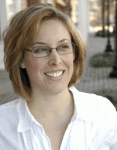
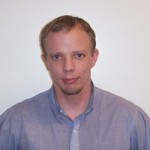
Host Francesca Rheannon talks with Alan Michael Collinge about [amazon-product text=”THE STUDENT LOAN SCAM” type=”text”]0807042293[/amazon-product] and with April Norhanian about [amazon-product text=”College Is For Suckers: The FIRST College Guide You Should Read” type=”text”]1440119201[/amazon-product].
Podcast: Play in new window | Download
Subscribe: Apple Podcasts | RSS
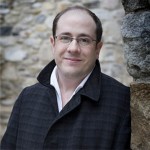
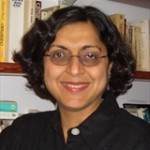
We talk with writer Howard Friel and Dr. Harvey Lederman in this rebroadcast of a 2006 interview about avian flu. Also, Thrity Umrigar on her new novel, THE WEIGHT OF HEAVEN. And Jeff Sharlet talks about the crusade for a Christian military.
Podcast: Play in new window | Download
Subscribe: Apple Podcasts | RSS
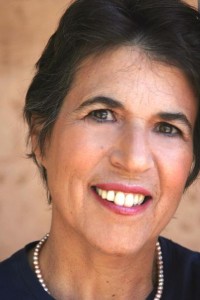
We talk with Natalie Goldberg about how to write memoir. Her new book on the topic is Old Friend from Far Away. And anthropologist Ann Armbrecht tells us about her memoir of Nepal, THIN PLACES. Poet, writer and teacher Christian McEwen is guest co-host. Continue reading
Podcast: Play in new window | Download
Subscribe: Apple Podcasts | RSS
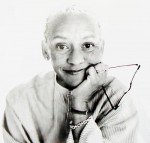
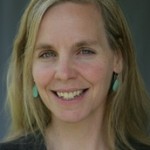
We talk with Amy Seidl about EARLY SPRING: An Ecologist and Her Children Wake to a Warming World. And poet Nikki Giovanni introduces us to HIP HOP SPEAKS TO CHILDREN: A Celebration of Poetry With A Beat.
Continue reading
Podcast: Play in new window | Download
Subscribe: Apple Podcasts | RSS
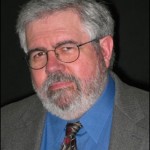
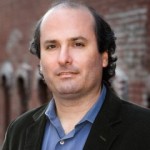
We talk with journalist David Grann about his fascinating new book about the Amazon explorer Percy Fawcett, THE LOST CITY OF Z.
And David Cay Johnston weighs in on how the tax system is stacked in favor of the very rich–and what to do about it. Continue reading
Podcast: Play in new window | Download
Subscribe: Apple Podcasts | RSS
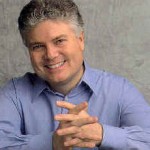
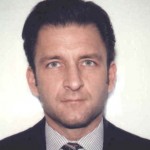
We talk with Dr. Robert Melillo about DISCONNECTED KIDS: The Groundbreaking Brain Balance Program for Children with Autism, ADHD, Dyslexia, and Other Neurological Disorders. And Ned Hallowell tells us how adults with ADD can compensate for their weaknesses and celebrate their strengths in this 2006 archived interview.
Continue reading
Podcast: Play in new window | Download
Subscribe: Apple Podcasts | RSS
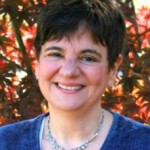
We talk with author Susan Linn and film maker Andrea Barbaro about CONSUMING KIDS.
Also, Alan Weisman on GAVIOTAS: A Village to Reinvent the World.

Podcast: Play in new window | Download
Subscribe: Apple Podcasts | RSS
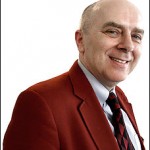
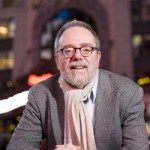
We talk to film critic David Denby of the New Yorker about [amazon-product text=”SNARK: It’s Mean, It’s Personal and It’s Ruining Our Conversation” type=”text”]1416599452[/amazon-product]. And P.M Forni tells us about [amazon-product text=”THE CIVILITY SOLUTION: What To Do When People Are Rude” type=”text”]0312368496[/amazon-product]. Continue reading
Podcast: Play in new window | Download
Subscribe: Apple Podcasts | RSS
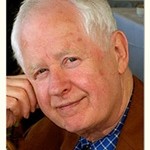
For St. Patrick’s Day, host Francesca Rheannon visits Alphie McCourt in his New York apartment to talk about [amazon-product text=”A LONG STONES THROW” type=”text”]0981453554[/amazon-product], his memoir of growing up in Ireland and his emigration to the U.S. And author consultant Bill Martin and novelist Beverly Swerling, talk about how to find a literary agent. They own and run Agent Research and Evaluation , a Web-based consultancy for writers.
Podcast: Play in new window | Download
Subscribe: Apple Podcasts | RSS

Film critic Molly Haskell talks about her finely written treatment of the American classic (book and film) Gone With the Wind. It’s called FRANKLY MY DEAR: Gone with the Wind Revisited. After that, we visit the Enchanted Circle Theater’s  production of The Skinner Servants Tour. Continue reading
Podcast: Play in new window | Download
Subscribe: Apple Podcasts | RSS
Host Francesca Rheannon talks with Matthew Stein about his book, WHEN TECHNOLOGY FAILS: A Manual for Self-Reliance, Sustainability, and Surviving the Long Emergency. Continue reading
Podcast: Play in new window | Download
Subscribe: Apple Podcasts | RSS
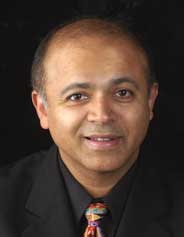
Physician and author Abraham Verghese tells us about CUTTING FOR STONE, his first novel after publishing two acclaimed memoirs. And Dr. Andrew Weil talks about how to age healthy and well. Continue reading
Podcast: Play in new window | Download
Subscribe: Apple Podcasts | RSS
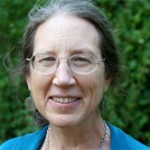
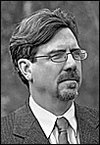
We talk with Amherst College professor Thomas Dumm about LONELINESS AS A WAY OF LIFE (Harvard 2008). And environmental educator and Buddhist Stephanie Kaza tells us how to go MINDFULLY GREEN (Shambhala 2008). Continue reading
Podcast: Play in new window | Download
Subscribe: Apple Podcasts | RSS
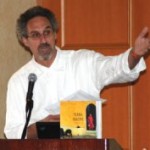
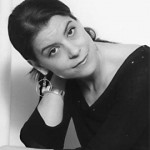
We talk with investor, venture capitalist and philanthropist Woody Tasch about [amazon-product text=”INQUIRIES INTO THE NATURE OF SLOW MONEY” type=”text”]1603580069[/amazon-product]. Then poet and former hedge fund executive Katy Lederer tells us about her collection, THE HEAVEN-SENT LEAF. And journalist Jeff Sharlet (THE FAMILY) gives us the context to President Obama’s appearance at the National Prayer Breakfast on February 5. Continue reading